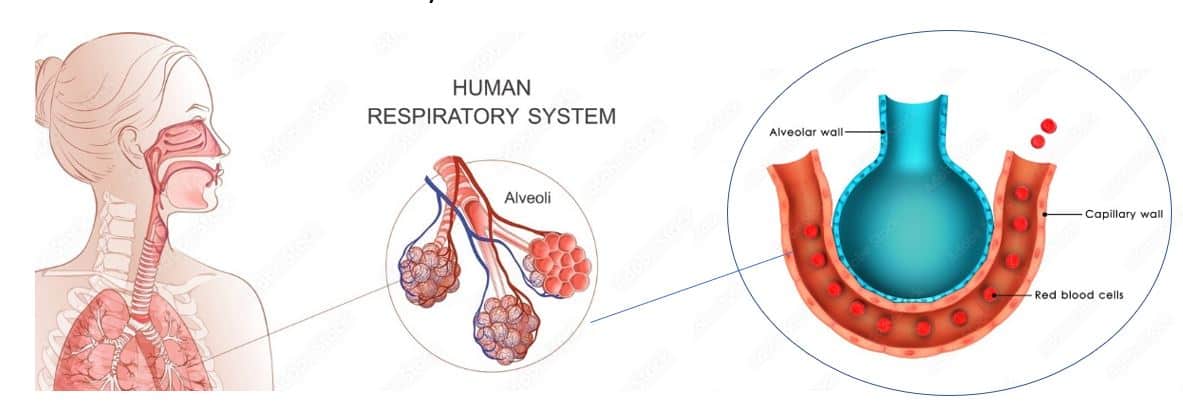Breathing comes naturally until you are living with chronic lung disease. Unless we practiced meditation or relaxation techniques like yoga or Qi Gong, we have paid very little attention to how we breathe. Luckily, other people have been paying attention to breathing for generations. They were motivated to improve spiritual, mental, and physical well-being. In the last few decades, medical researchers have found evidence that some breathing techniques improve measures of pulmonary function temporarily. Learning pursed-lip breathing can provide a portable, easy tool for those with pulmonary fibrosis.
What is it
Pursed-lip breathing is a simple technique for slowing your breathing and getting more air into and out of your lungs. Pursed-lip breathing brings your focus to each inhale and exhale and causes you to be intentional about the pace of breathing. To do it, simply inhale through your nose. Next, purse your lips, then exhale for twice as long as you inhaled. You don’t need to force or push the air out, simply let it escape slowly. After 3 or 4 breathes like this, you should feel in control of your breath and may feel calmer.
Why it works
Pursed-lip breathing works with the physical structures in and around your lungs. By slowing your breathing, the alveoli, the smallest parts of your lungs, have more time to function as they should. A pulmonologist explained breathing as being like a train going into a station, stopping to let passengers on and off the train, and then leaving the station. The alveoli are the part of the lung where the transfer of oxygen and carbon dioxide occurs, just as passengers board and leave the train at a station. Inhaling brings your breath into the alveoli. Oxygen leaves, just like passengers getting off the train. When the train is empty, then carbon dioxide enters the air in your lungs, just as passengers would board. Then the train leaves the station as you exhale.
Pursed lip breathing slows your respiratory rate, giving the alveoli more time to exchange oxygen and carbon dioxide. Medical experts believe pursed-lip breathing increases positive pressure in your airways. Pursed lip breathing may prevent air trapping if it is present. Pursed-lip breathing may help the function of your diaphragm.
When and why to do it
Pursed-lip breathing is good when you find you are short of breath (SOB). When you are short of breath, you may become anxious; pursed-lip breathing can help you gain a sense of control. Pursed-lip breathing can help you relax. You may be able to breathe with less effort. Practicing pursed-lip breathing several times a day can make you more aware of your breathing throughout the day. So, practice even when you are not short of breath. You only need to do 3 to 5 cycles of breath to get a benefit. Overdoing it could lead to lightheadedness.
Learn how and practice
If you have been to pulmonary rehabilitation, you likely learned pursed-lip breathing early in your therapy. If not, it is easy to learn.
- You may be seated or standing. You may close your eyes and drop your shoulders.
- Inhale while silently counting to 2.
- Pucker or purse your lips as if you are preparing to blow on something hot to cool it off.
- Exhale slowly while silently counting to 4, 5 or 6. Don’t force the exhale but let it out slowly.
- Repeat 3 or 4 times.
If you would like, watch this YouTube video from Jewish National Health for a demonstration.
Now, that was easy. Make it a habit to practice a few times a day – maybe after each meal or when you begin or end exercise. That way it will become connected to another habit. Remember to use this technique when you become short of breath, when you feel like you are not getting deep breaths, or when you want to relax. You have the power of pursed-lip breathing.

